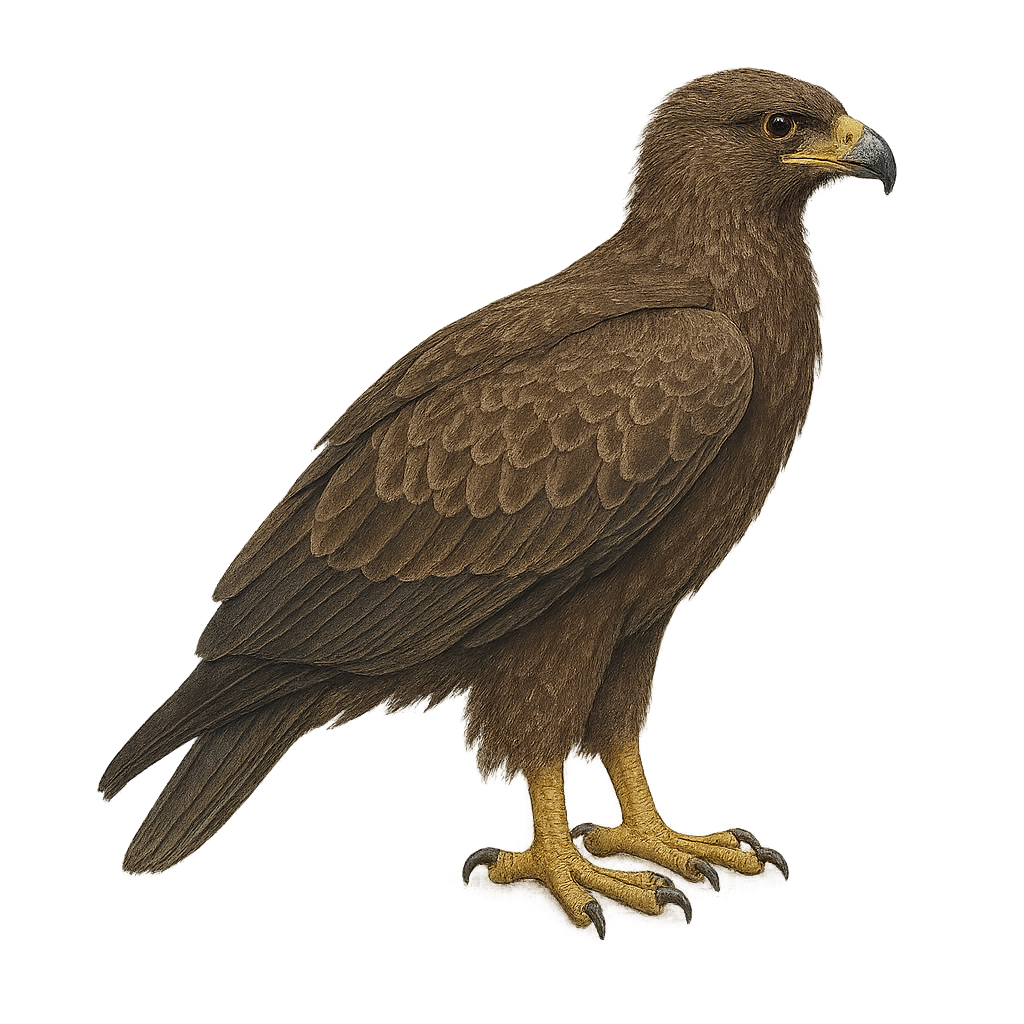Your wildlife photography guide.
Explore the wahlberg's eagle in detail, study its behavior, prepare your shots.
Where to observe and photograph the wahlberg's eagle in the wild
Learn where and when to spot the wahlberg's eagle in the wild, how to identify the species based on distinctive features, and what natural environments it inhabits. The WildlifePhotographer app offers tailored photography tips that reflect the wahlberg's eagle’s behavior, helping you capture better wildlife images. Explore the full species profile for key information including description, habitat, active periods, and approach techniques.
Wahlberg's Eagle
Scientific name: Hieraaetus wahlbergi

IUCN Status: Least concern
Family: ACCIPITRIDAE
Group: Birds
Sensitivity to human approach: Suspicious
Minimum approach distance: 50 m
Courtship display: August to October
Incubation: 40-44 jours
Hatchings: September to December
Habitat:
wooded savannas, open forests, bush areas
Activity period :
Primarily active during the day, with peak activity in the morning and late afternoon.
Identification and description:
The Wahlberg's Eagle, or Hieraaetus wahlbergi, is a medium-sized raptor primarily found in sub-Saharan Africa. It is characterized by its uniform brown plumage, although some color variations may occur. This eagle is often seen soaring gracefully in the sky, searching for prey. It primarily feeds on small mammals, birds, and reptiles. The Wahlberg's Eagle is a migratory bird, moving south during the dry season. It prefers wooded savannas and open forests, where it can easily spot its prey. Although its conservation status is currently "least concern," deforestation and habitat loss could threaten its populations in the future.
Recommended lens:
400 mm – adjust based on distance, desired framing (portrait or habitat), and approach conditions.
Photography tips:
To photograph the Wahlberg's Eagle, it is advisable to use a telephoto lens of at least 400mm to capture detailed images from a distance. This often suspicious eagle requires a discreet approach to avoid disturbing it. Opt for early morning or late afternoon hours when the light is soft and the bird is more active. Use a tripod to stabilize your camera and achieve sharp shots. Be patient and wait for the eagle to be in flight to capture dynamic and impressive images.
The WildlifePhotographer App is coming soon!
Be the first to explore the best nature spots, track rutting seasons, log your observations, and observe more wildlife.
Already 1 430 wildlife lovers subscribed worldwide

